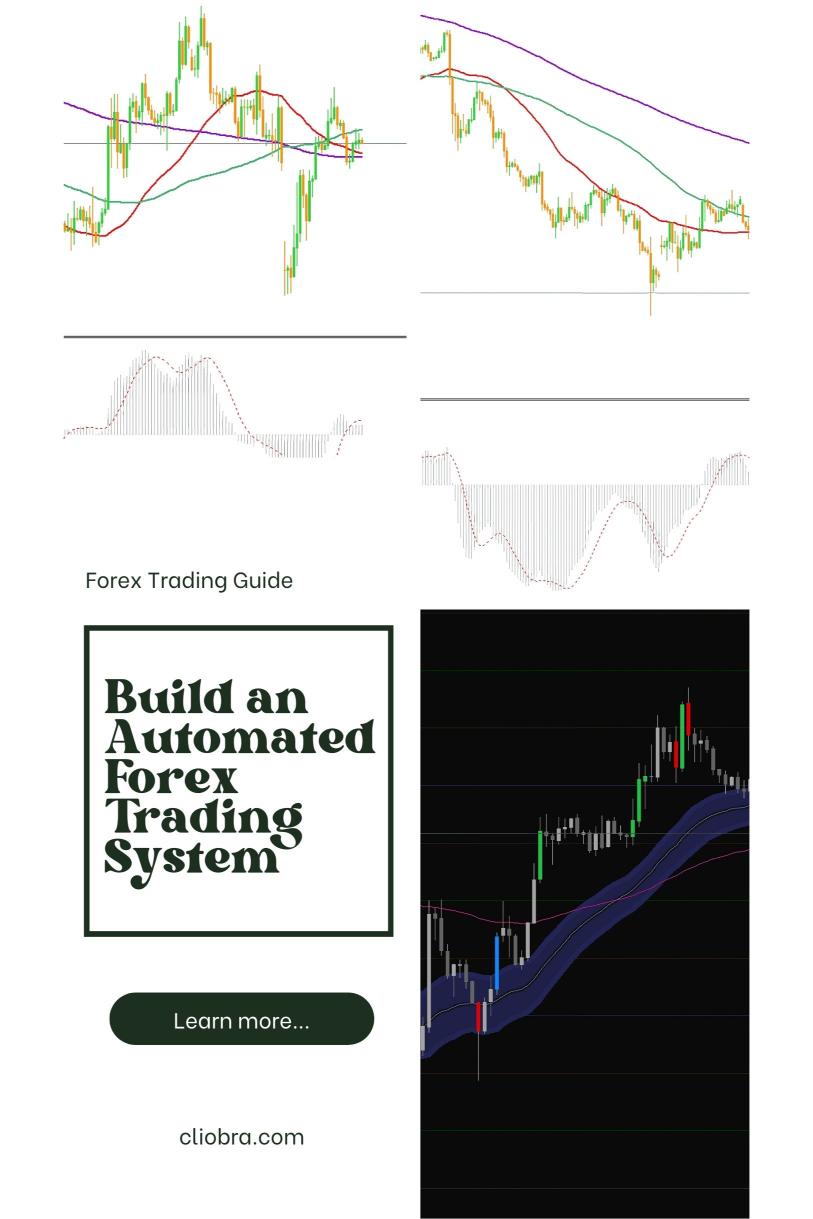Last Updated on February 7, 2025 by Arif Chowdhury
Have you ever felt overwhelmed by the chaos of the Forex market?
Wondering how to make consistent profits without being glued to your screen 24/7?
You’re not alone.
Many traders share these concerns.
I’ve been in the game since 2015, navigating both fundamental and technical waters.
Through my journey, I’ve developed a proven trading strategy that leverages automation to maximize efficiency and profitability.
Let’s dive into how to build and optimize an automated Forex trading system that can work for you.
Understanding the Basics of Automated Trading
Automated trading systems, or EAs (Expert Advisors), allow traders to execute trades based on predefined criteria.
Here’s why they’re a game-changer:
- Speed: EAs can analyze market conditions and execute trades in milliseconds.
- Emotionless Trading: They eliminate emotional decision-making, which often leads to losses.
- 24/7 Operation: They can operate round-the-clock, taking advantage of global market opportunities.
Steps to Build Your Automated Trading System
Building an automated trading system involves several key steps:
1. Define Your Trading Strategy
Before you dive into coding or selecting a trading bot, clearly outline your trading strategy.
Ask yourself:
- What currency pairs will you trade? (I focus on EUR/USD, GBP/USD, USD/CHF, and USD/JPY.)
- What indicators will you use?
- What time frame will you trade on? (I prefer H4 charts for long-term trades.)
2. Backtest Your Strategy
Testing your strategy is crucial.
Here’s what to do:
- Use historical data to simulate trades.
- Analyze performance metrics such as win rate, risk-reward ratio, and drawdown.
I’ve backtested my bots over 20 years and they perform exceptionally under various market conditions.
3. Choose the Right Broker
Selecting the right broker is essential for successful automated trading.
Look for:
- Low spreads: This directly affects your profitability.
- Fast execution: Delays can lead to missed opportunities.
- Good customer support: You want help when needed.
I highly recommend checking out the best Forex brokers I’ve tested. You can explore them here.
4. Develop or Select Your Trading Bots
You can either code your own bots or use pre-existing ones.
I’ve created a portfolio of 16 diverse algorithms.
Each bot is designed to minimize correlated losses, enhancing overall profitability.
This multi-layered diversification ensures:
- Reduced risk across currency pairs.
- Consistent performance over time.
5. Optimize Your System
Once your system is running, continuous optimization is key.
Here’s how to do it effectively:
- Monitor performance: Regularly check metrics and make necessary adjustments.
- Stay updated: Keep an eye on market changes and adjust your strategy accordingly.
6. Risk Management
Never underestimate the power of solid risk management.
Here are some tips:
- Set a maximum drawdown limit.
- Use stop-loss orders to protect your capital.
- Diversify across multiple currency pairs.
Real-Life Example: My Journey
When I first started, I was like many traders—lost and overwhelmed.
After years of trial and error, I honed my strategy and developed my bots.
Now, I can set them up, monitor their performance, and enjoy more free time.
This journey has taught me that with the right tools and strategies, you can achieve consistent profitability.
Additional Tips for Success
- Stay Educated: The Forex market is ever-changing. Keep learning.
- Engage with Community: Share insights and learn from others. My YouTube channel is a great resource for education and analysis.
- Be Patient: Success takes time. Don’t get discouraged by short-term losses.
Conclusion
Building and optimizing an automated Forex trading system doesn’t have to be daunting.
With the right approach and tools, you can create a robust system that works for you.
Remember, trading is a marathon, not a sprint.
I encourage you to explore my 16 trading bots designed for long-term success. You can learn more about them here.
Let’s make this journey together and turn those Forex dreams into reality!
